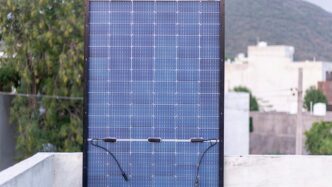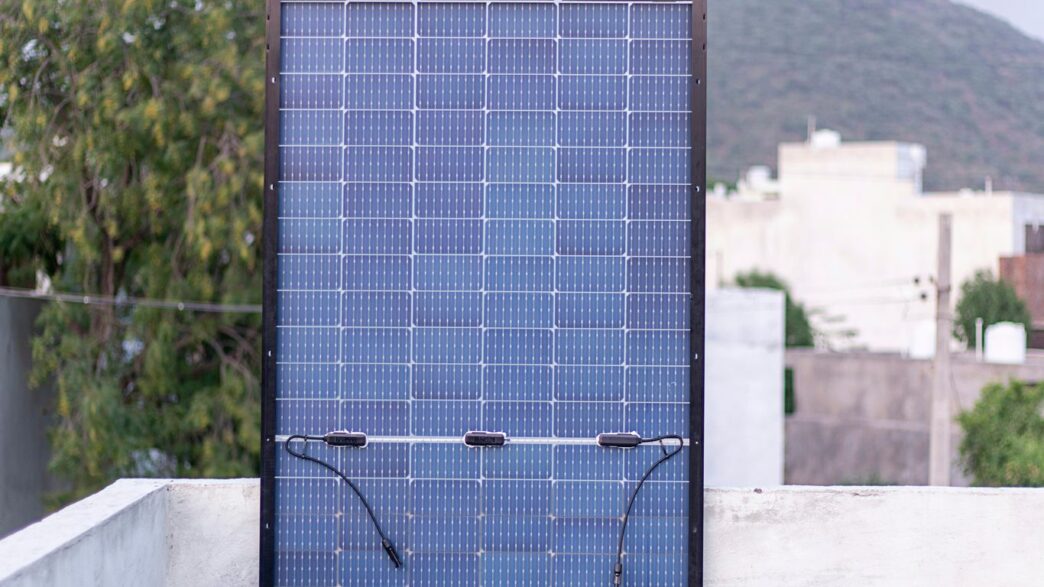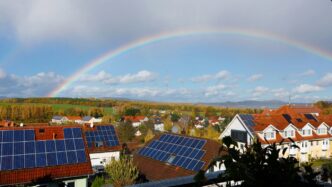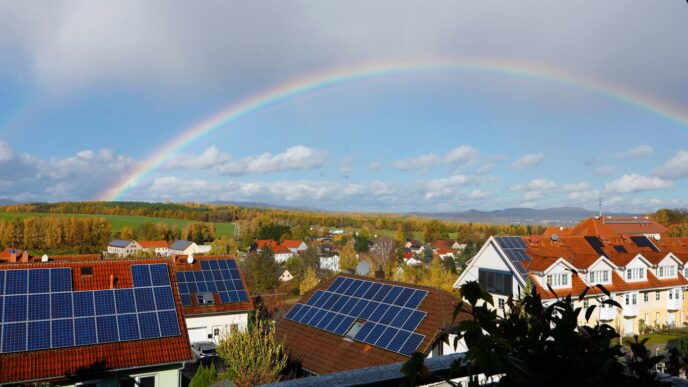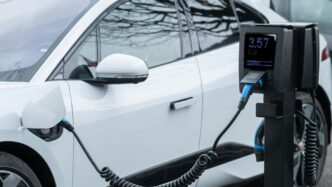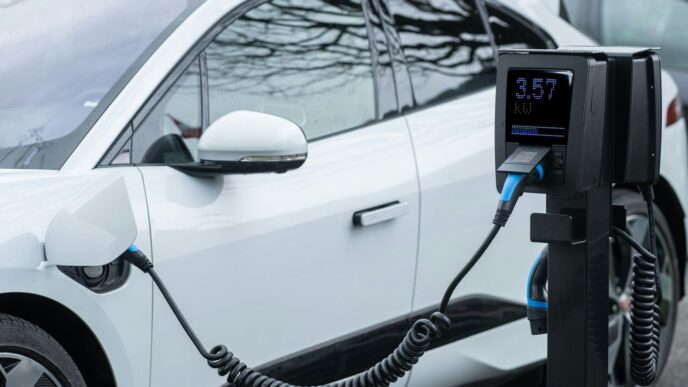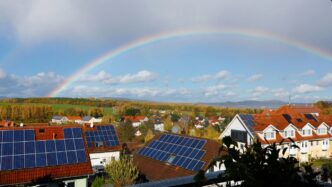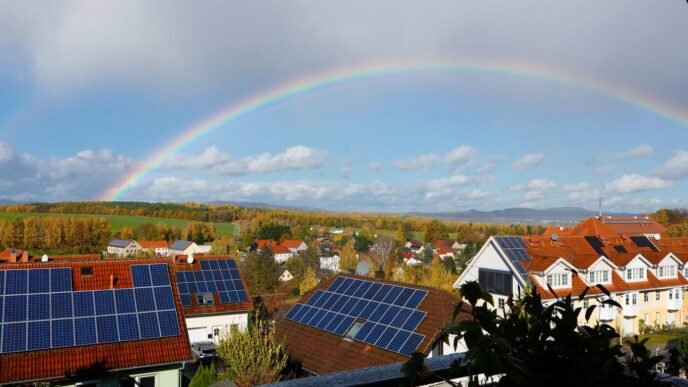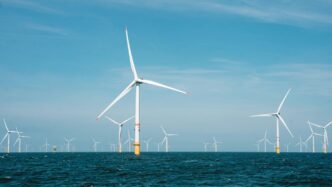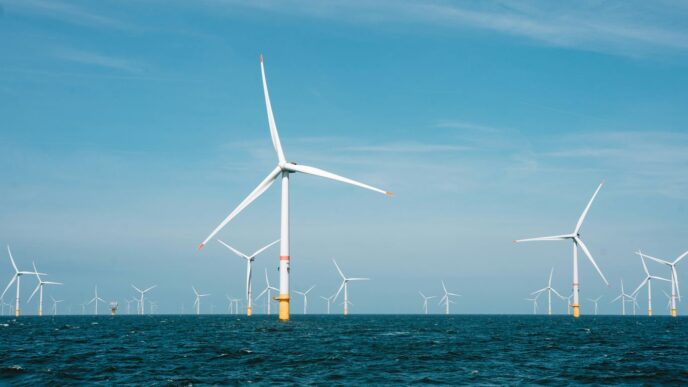Puerto Rico’s energy scene is changing fast, and solar power is leading the way. With all the talk about incentives and new projects, it can be a lot to keep up with. This guide breaks down what you need to know about solar energy in Puerto Rico, from government help to the real benefits it brings to communities and the economy. Whether you’re thinking about installing solar yourself or just curious about the island’s energy future, we’ve got you covered.
Key Takeaways
- Federal tax credits and local policies are driving significant growth in Puerto Rico’s solar energy sector, especially for distributed generation.
- Behind-the-meter solar projects are becoming more common due to supportive laws and LUMA’s streamlined online interconnection process.
- Solar energy offers major benefits for Puerto Rico, including job creation, improved energy security, and reduced reliance on fossil fuels.
- Various financing options, like the Investment Tax Credit and New Markets Tax Credits, are available to support solar projects across the island.
- The future of solar in Puerto Rico looks bright with opportunities in microgrids, agribusiness, military contracts, and positioning the island as a global investment hub.
Understanding Puerto Rico Solar Incentives
Puerto Rico’s journey towards a cleaner energy future is significantly boosted by a mix of federal and local incentives. These programs are designed to make solar energy more accessible and affordable for both homeowners and businesses across the island. It’s a smart way to encourage the switch to renewables, especially given the island’s unique energy landscape.
Federal Tax Credits Fueling Growth
The big one to know about is the federal Investment Tax Credit (ITC). This is a fantastic deal that lets you deduct a good chunk of the cost of installing a solar energy system right off your federal taxes. Currently, it’s set at 30% of the system’s cost, with no upper limit. This credit has been around for a while, extended by Congress, and is a major driver for solar adoption. It’s set to expire in 2035, so it’s definitely something to take advantage of sooner rather than later.
Local Policies Supporting Distributed Generation
Beyond federal help, Puerto Rico has its own laws that really back distributed generation (DG). Laws 17, 57, and 114, all from 2014, are key here. They basically set the stage for smaller, behind-the-meter solar projects, allowing systems up to 1 megawatt to connect to the grid. They also lay out the rules for how this connection happens and what costs are involved.
Net Metering Programs Explained
Net metering is a big part of making DG work. It’s a billing mechanism that credits solar energy system owners for the electricity they add to the grid. LUMA, the island’s main utility provider, has a pretty solid net metering program. What’s really good is that you can submit your interconnection request online. And get this: by law, LUMA has to process these requests within 30 business days. That’s a pretty quick turnaround compared to many places.
Here’s a quick rundown of how it generally works:
- Install Solar: You get a solar panel system installed on your property.
- Generate Power: Your system produces electricity, and you use what you need.
- Excess Power: Any extra electricity generated is sent back to the grid.
- Get Credit: You receive credits on your electricity bill for the power you send back to the grid. This can significantly lower your monthly energy costs.
Driving Distributed Generation in Puerto Rico
When we talk about solar energy in Puerto Rico, a lot of the action is happening "behind the meter." This means solar systems installed on homes and businesses that generate power for their own use, rather than for a big, central power plant. It’s a big deal here because the island’s power grid has had its share of problems, like aging infrastructure and vulnerability to storms. Distributed generation, or DG, offers a way to build a more reliable energy system from the ground up.
The Rise of Behind-the-Meter Solar
Think about it: Puerto Rico has faced some serious challenges with its power supply. Frequent hurricanes can knock out electricity for extended periods, and the grid itself isn’t always the most robust. That’s where rooftop solar and battery storage really shine. They provide a local power source that can keep the lights on even when the main grid goes down. It’s not just about having power; it’s about having reliable power when you need it most. This shift towards DG is a smart move for energy independence and resilience.
Laws Governing Renewable Projects
Several laws have paved the way for this growth in DG. Laws 17, 57, and 114, all from 2014, are key players. They basically set the rules for how renewable energy projects, especially those generating power for on-site use (up to 1 megawatt), can connect to the grid. These laws also put in place things like net metering, which is pretty important for making solar financially viable for homeowners and businesses. They also help set clear timeframes for getting connected, which is always a good thing.
LUMA’s Online Interconnection Process
Getting your solar system connected to the grid used to be a headache, but LUMA, the company that manages the island’s electric transmission and distribution system, has made it a lot easier. They have an online portal where you can submit your interconnection request. What’s really good about this is the timeframe. By law, these requests have to be processed within 30 business days. That’s actually pretty fast compared to many places, and it helps speed up the whole process of getting solar installed and running.
Economic and Resiliency Benefits of Puerto Rico Solar
Puerto Rico’s energy situation has been a tough one for a long time. Think about it: hurricanes hit hard, and the power grid is pretty old. This means blackouts that can drag on for weeks, which is just no fun for anyone trying to live their life or run a business. But here’s where solar power really shines, especially the kind you put on your own roof. It’s not just about getting electricity; it’s about having power when the rest of the island doesn’t. This kind of ‘behind-the-meter’ solar gives families and businesses a much-needed backup.
Beyond just keeping the lights on during storms, solar is a big deal for the economy. We’re talking about jobs, plain and simple. The solar industry here has already created over 2,000 positions, and that number is growing. These aren’t just temporary gigs either; they’re jobs in installation, maintenance, and sales, helping local communities thrive.
And let’s not forget about our reliance on imported fuels. Right now, over 97% of Puerto Rico’s electricity comes from burning fossil fuels. That makes us totally dependent on outside sources and vulnerable to price swings, especially when there’s trouble elsewhere in the world. Switching to solar, particularly distributed solar, means we’re using more of our own clean energy and less of that imported stuff. It’s a win-win for our wallets and our air quality.
Here’s a quick look at how solar is making a difference:
- Energy Security: Rooftop solar systems, especially when paired with battery storage, provide a reliable power source during grid outages caused by storms or other issues.
- Economic Growth: The solar sector is a growing source of employment, offering skilled jobs in installation, manufacturing, and related services.
- Reduced Fossil Fuel Dependence: By increasing the share of solar energy, Puerto Rico can lessen its reliance on imported oil and natural gas, leading to more stable energy costs and improved environmental conditions.
It’s pretty clear that solar energy isn’t just a nice-to-have anymore; it’s becoming a necessity for Puerto Rico’s future. It’s helping people stay powered up when it matters most and building a stronger, more self-sufficient economy.
Financing Opportunities for Puerto Rico Solar Projects
Investment Tax Credit and Policy Shifts
The Inflation Reduction Act (IRA) really changed the game for clean energy financing, and Puerto Rico is definitely seeing the benefits. The federal Investment Tax Credit (ITC) is a big deal, making solar projects more affordable. It’s not just a simple discount, though; there are rules about who qualifies and how it phases down over time. Plus, there are new considerations about foreign entities involved in projects, which adds a layer of complexity. This means project timelines, how investors look at deals, and even the legal paperwork are all being adjusted. Public and private money folks are figuring out new ways to use these credits, like selling them or finding ways to get credit for the tax they owe. It’s a bit of a puzzle, but it’s opening doors for more solar development.
New Markets Tax Credits for Island Development
Puerto Rico can also tap into New Markets Tax Credits (NMTCs). These are designed to encourage investment in low-income communities, and they can be a great tool for solar projects that benefit underserved areas on the island. Think about projects that bring clean energy to communities that have historically struggled with reliable power. The NMTC program works by giving investors a tax credit for putting money into Community Development Entities (CDEs), which then invest in businesses and projects in these targeted areas. It’s a way to channel private investment into places that need it most, helping to build up local economies and infrastructure at the same time.
Bridging Finance Gaps for Community Projects
Getting solar projects off the ground, especially for communities or smaller initiatives, can sometimes hit financial roadblocks. There’s a real need to connect the dots between available funding and the projects that can make a difference. This involves looking at different types of financing, like grants, low-interest loans, or even community-based investment models. For instance, organizations are working to help fund solar installations for homes that were damaged by storms or for community centers that need reliable power. The goal is to make sure that the financial side doesn’t stop good projects from happening, particularly those that focus on resilience and helping people directly.
The Future of Solar Energy in Puerto Rico

Microgrids for Community Resilience
Puerto Rico’s energy situation has been tough, with hurricanes and an old grid causing frequent power outages. It’s a real problem that affects daily life and slows down business. But things are changing. The island is aiming for 40% renewable energy by 2025, and that’s opening up big chances for new energy solutions. Think about microgrids – these are like mini-power systems designed for specific neighborhoods or business areas. They’re a smart way to make sure people have power when the main grid goes down, help the economy grow, and build a more stable energy system overall. These localized grids are key to keeping the lights on, no matter what nature throws our way.
Opportunities in Agribusiness and Military Contracts
Beyond just homes, solar is finding its place in other sectors too. In farming, there’s a lot of talk about sustainable practices and how solar can help. Speakers are sharing ideas on how to make farms more eco-friendly and examples of successful businesses. They’re discussing "smart farming" and new energy-saving tech for growing food, which also helps rural areas get back on their feet and creates jobs. Plus, Puerto Rico has several big U.S. military bases. These bases buy a lot of stuff, from food to building materials. Rural businesses on the island can actually supply a lot of these needs. There are programs that can help local companies learn how to bid on and win these military contracts, which is a great way to boost the local economy.
Puerto Rico as a Global Investment Center
The push for clean energy in Puerto Rico isn’t just about fixing local problems; it’s also attracting attention from investors worldwide. The recent Inflation Reduction Act in the U.S. has made financing clean energy projects much more appealing, and Puerto Rico is a prime spot for this. The federal government is really focused on helping the island meet its renewable energy goals, with dedicated funds and even personal attention from the Department of Energy. While there’s a lot of money available, the clock is ticking to take advantage of these opportunities. This makes Puerto Rico a really interesting place for clean energy investment right now, showing how a region can become a hub for global clean energy finance.
Navigating the Puerto Rico Solar Landscape
So, you’re looking to get into solar in Puerto Rico? It can feel like a maze sometimes, but there are key players and initiatives making it easier. Think of it like trying to find the best route on a map – you need to know the roads, the signs, and who to ask for directions.
The Role of the Solar Energy and Storage Association
This group, often called SESA-PR, is pretty important. They’re basically the main hub for companies involved in solar and energy storage on the island. This includes everyone from the folks who make the panels to the ones who install them and the financiers making it all happen. Their Chief Policy Officer, Javier Rúa Jovet, has a background in government, which means they understand how to talk to officials and work on policies. They focus on communicating with the government, lawmakers, and the public about what the solar industry needs. Their work helps shape the rules of the game for solar development in Puerto Rico.
Government Initiatives for Economic Reform
The government here is trying to make things better for businesses, including those in the renewable energy sector. They’re looking at ways to reform the economy, which can open up more opportunities. This includes things like making it easier to start and run a business, and potentially offering more support for clean energy projects. It’s all part of a bigger push to make Puerto Rico more self-sufficient and attractive for investment.
Collaborating for Sustainable Development
Getting more solar power onto the island isn’t just about installing panels; it’s about working together. This means different groups – government, businesses, community organizations, and even international partners – need to team up. For example, there are efforts to bring solar and storage to homes that have been hit hard by natural disasters, like the work being done by groups such as Let’s Share the Sun. This kind of collaboration is key to building a more resilient and sustainable energy future for everyone on the island. It’s about making sure that progress benefits the whole community, not just a few.
Wrapping It Up
So, there you have it. Puerto Rico is really stepping up its game when it comes to solar energy. With all the different incentives and programs out there, it feels like a good time to get involved. Whether you’re a homeowner looking to cut down on bills or a business owner wanting to be more sustainable, the options are growing. It’s not just about saving money, either; it’s about making the island more resilient, especially with those hurricanes. Plus, all this activity is creating jobs and boosting the local economy. It’s pretty cool to see how solar can make such a big difference. Keep an eye on this space, because things are definitely moving forward.

